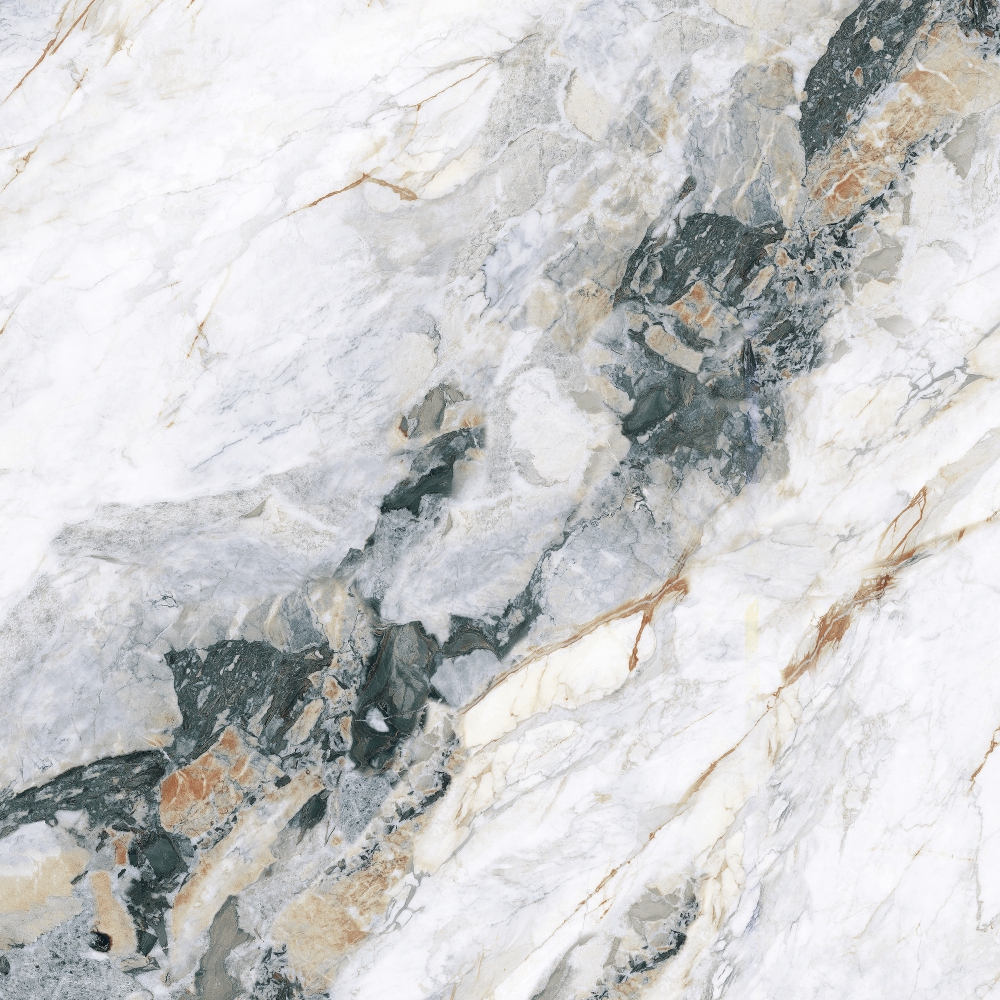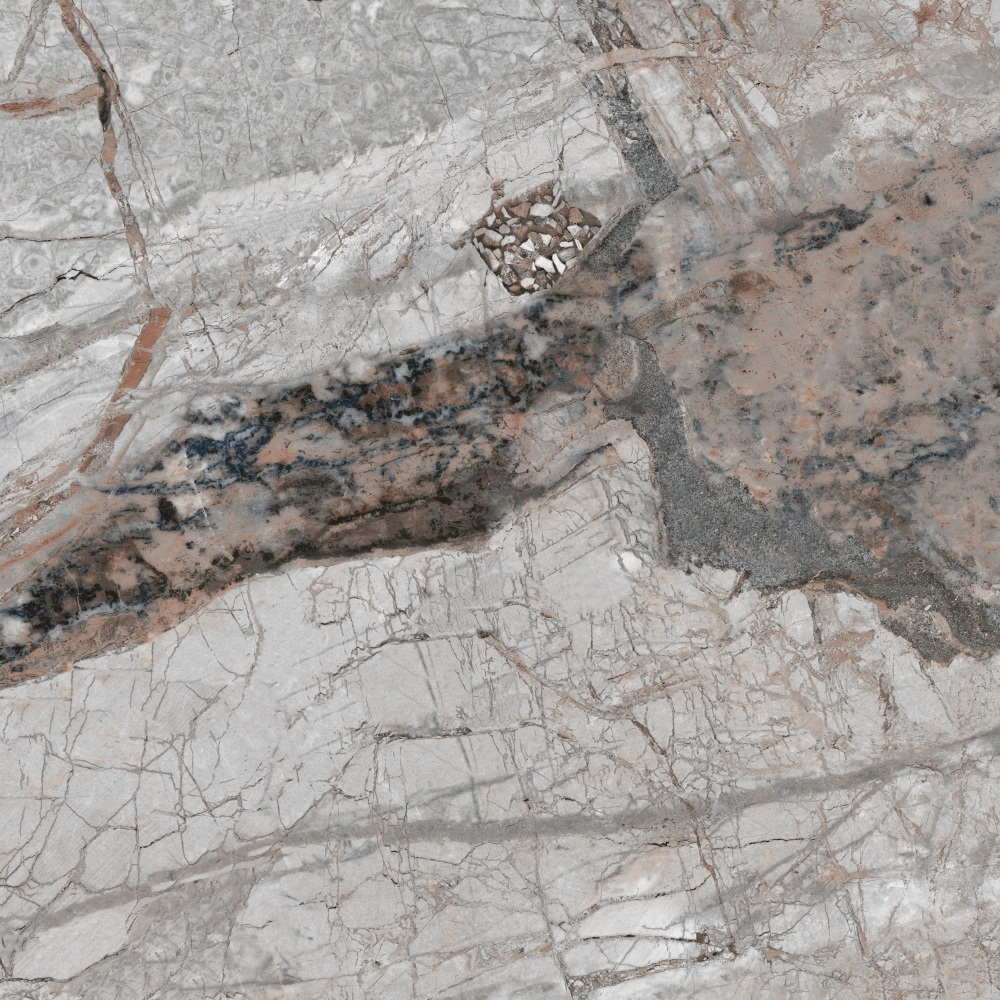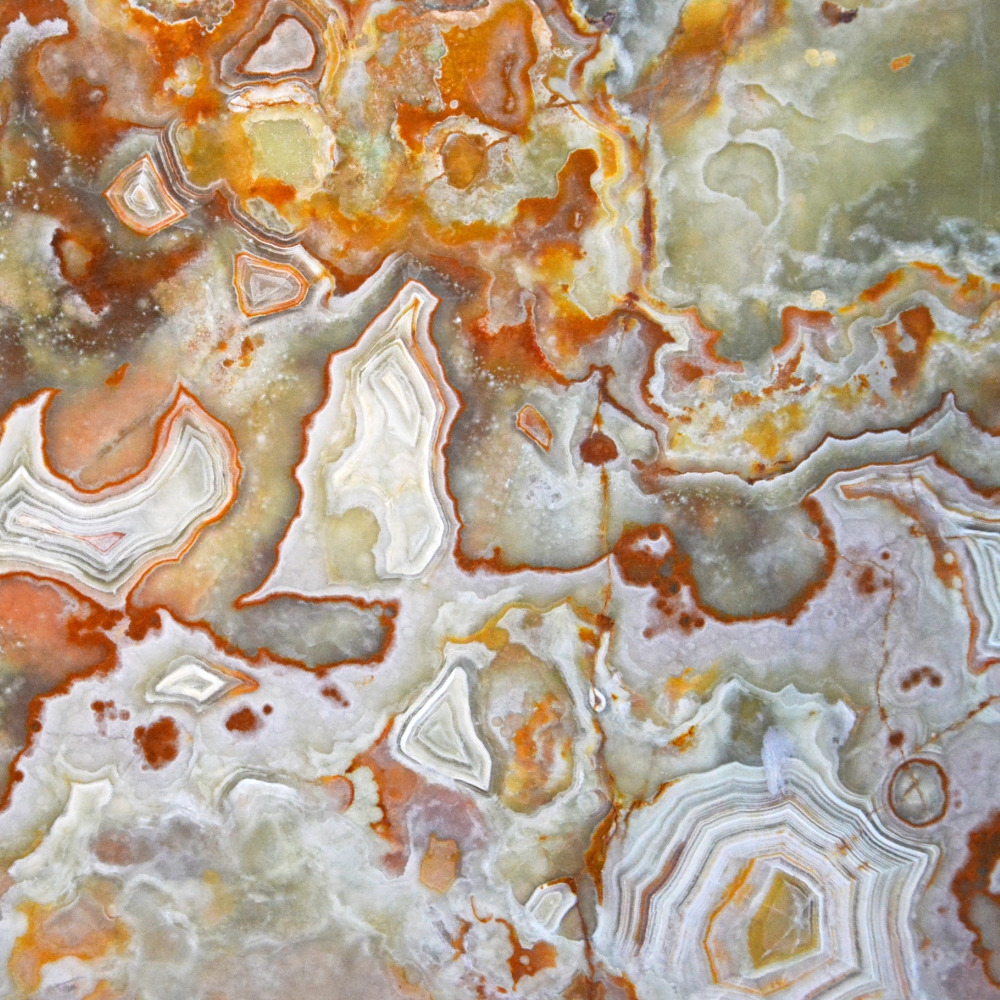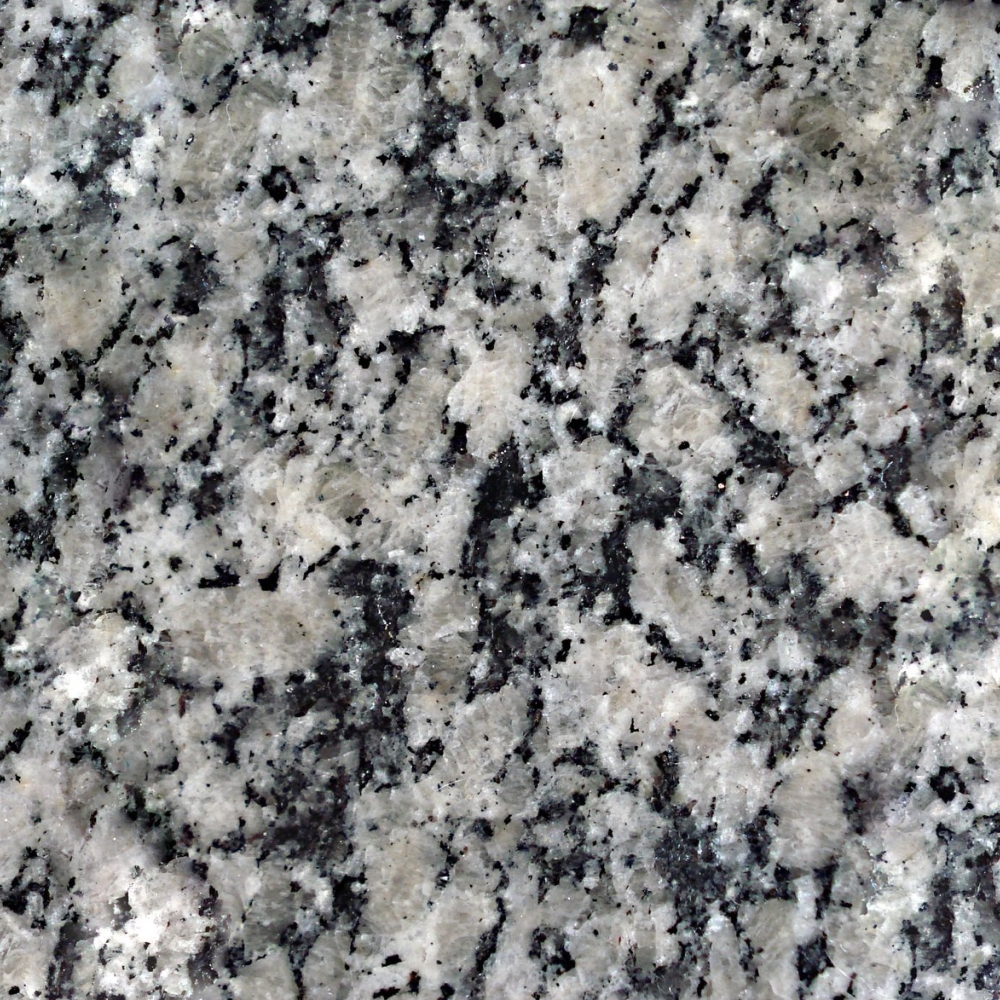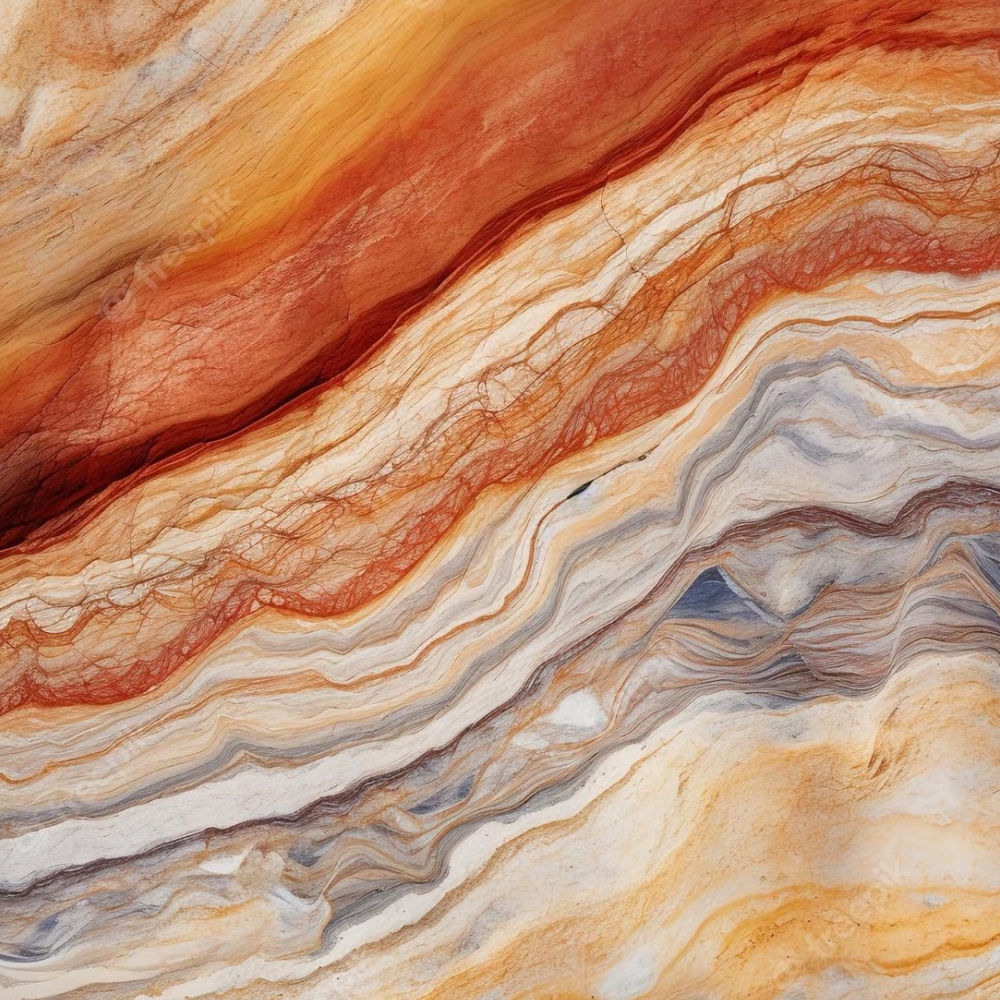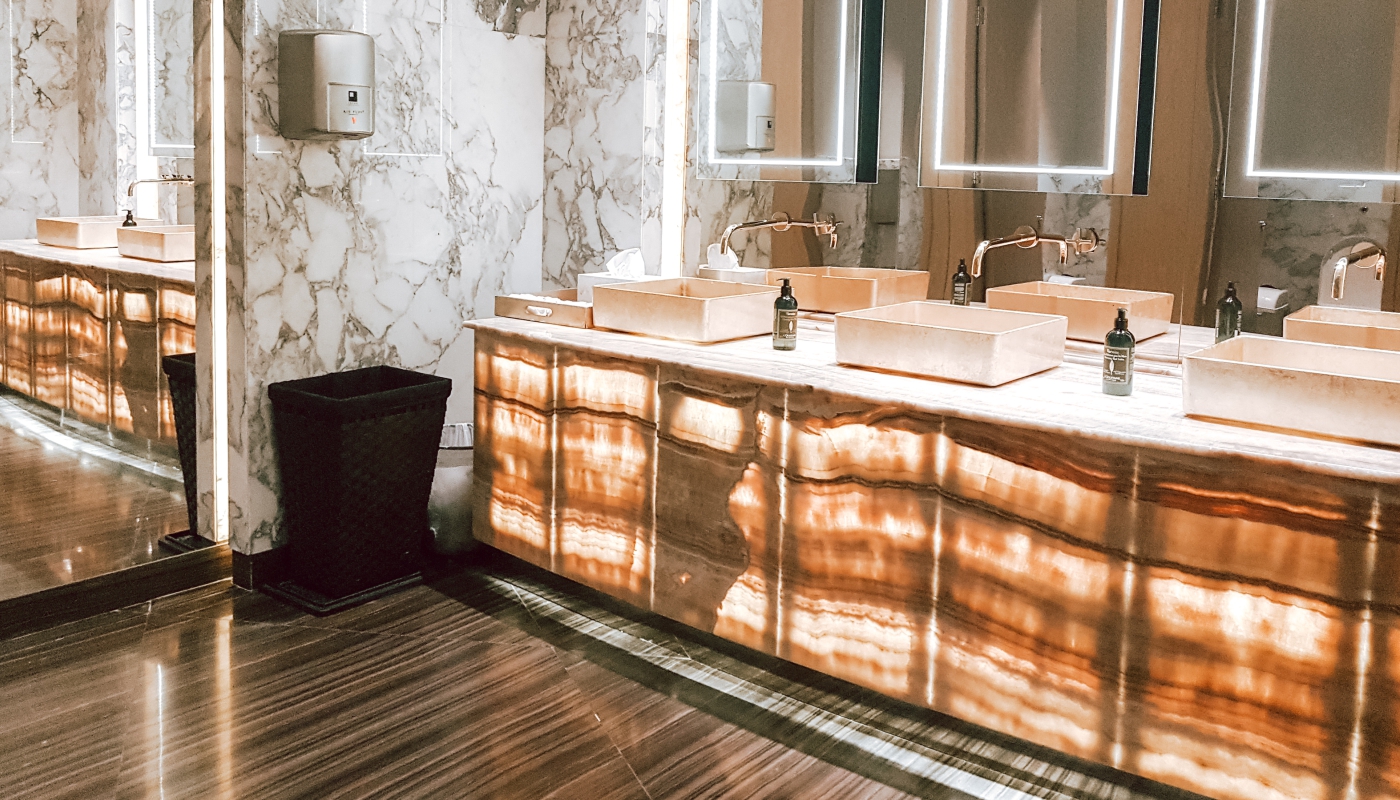
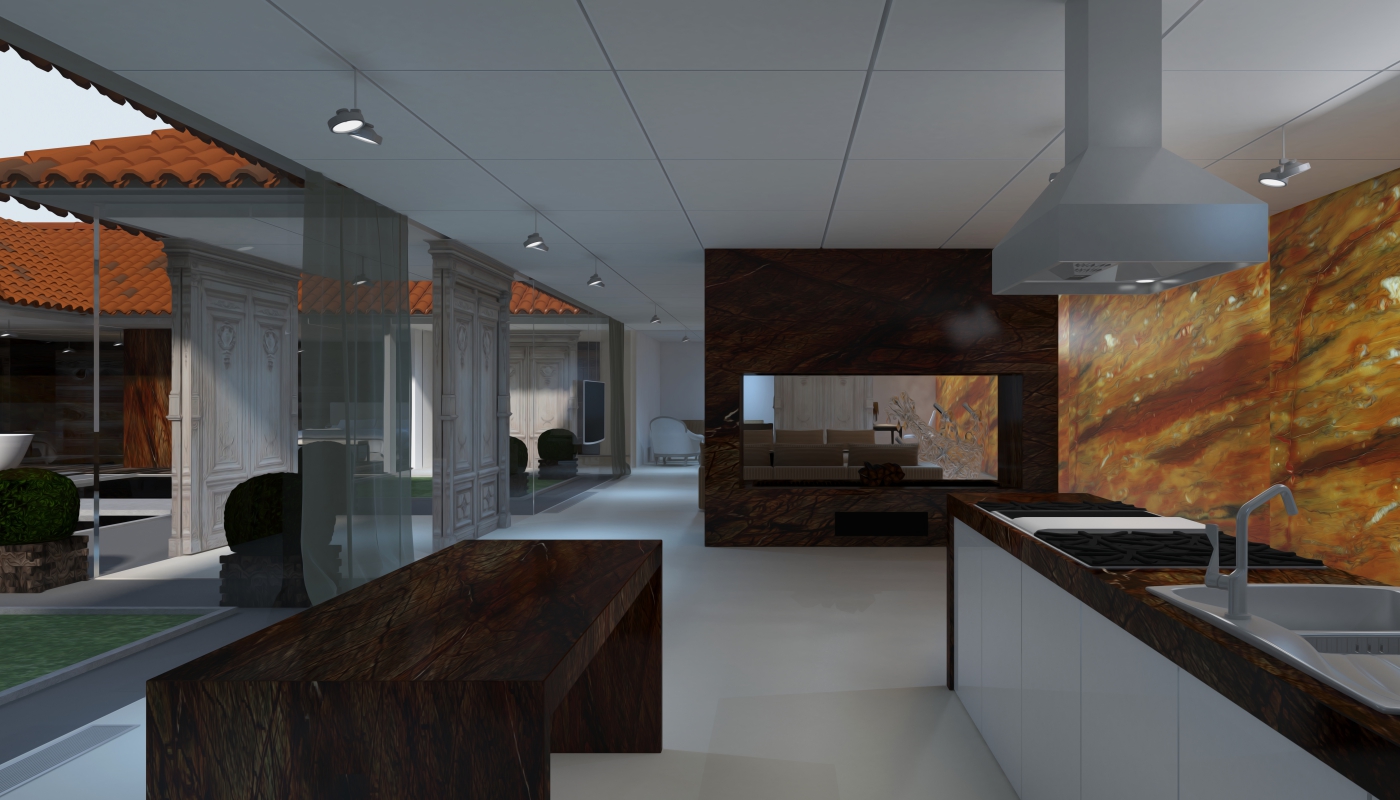
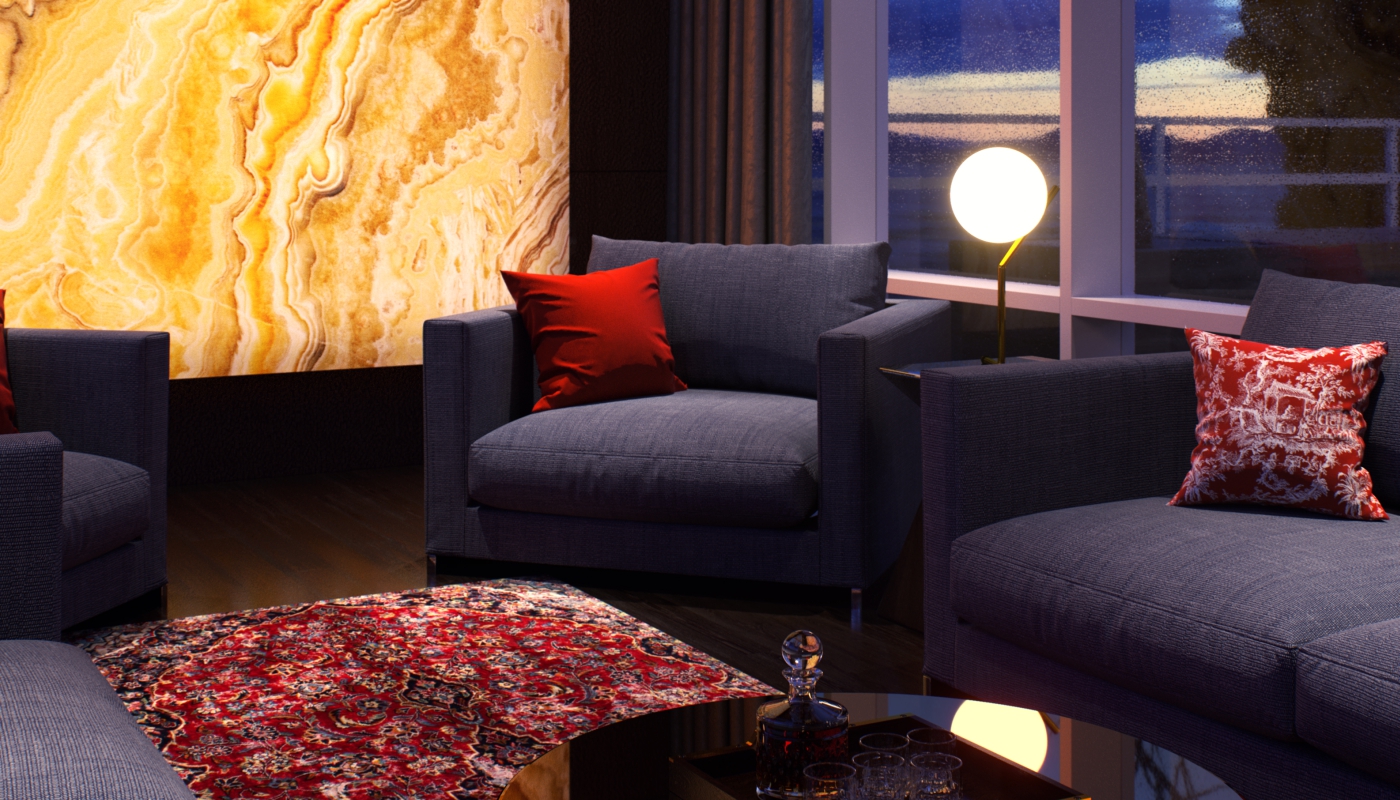
-
Color and banding
Vary widely -
Hardness
6.5 -
Transparency
Translucent to opaque -
Lustre
Waxy -
Fracture
Conchoidal
Onyx
Onyx is a type of chalcedony, which is a microcrystalline form of quartz. It is a banded variety of chalcedony that forms in concentric layers of different colors. Onyx typically has a black base with white or colored bands. The colored bands can range from shades of brown, red, orange, yellow, green, blue, and purple.
Onyx is found in various parts of the world, including Brazil, India, Madagascar, Mexico, Pakistan, and the United States. It has been used for thousands of years for decorative purposes, as well as for jewelry and other ornamental objects.
In ancient times, onyx was believed to have protective properties and was often used in talismans and amulets. It was also used in the creation of cameos and intaglios, which are engraved designs that are cut into the surface of the stone.
Today, onyx is still used for jewelry and decorative objects, and is valued for its unique beauty and distinctive banding. It is also used as a building material for floors, walls, and countertops, and is often used in high-end residential and commercial properties.
Physical characteristics of Onyx
Onyx has several physical characteristics that make it a distinctive and valuable mineral:
- Hardness: Onyx has a hardness of 6.5 to 7 on the Mohs scale, which means it is a relatively hard mineral that can be polished to a high shine.
- Color and banding: Onyx is typically black with white or colored banding that runs parallel to the layers of the mineral. The colors of the bands can vary widely and can include shades of brown, red, orange, yellow, green, blue, and purple.
- Transparency: Onyx is generally translucent to opaque, which means that it allows some light to pass through, but not enough to see through the mineral.
- Lustre: Onyx has a waxy lustre that can be polished to a high shine, making it a popular choice for decorative objects and jewelry.
- Density: Onyx has a density of 2.6 to 2.7 g/cm³, which is slightly lower than the density of pure quartz.
- Fracture: Onyx has a conchoidal fracture, which means that it breaks into smooth, curved surfaces that resemble the inside of a seashell.
Overall, the physical characteristics of onyx make it a beautiful and distinctive mineral that is valued for its unique banding and its ability to be polished to a high shine.
Catalog
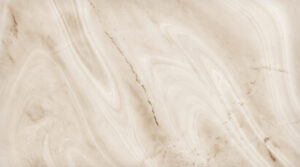 Onyx 1
Onyx 1
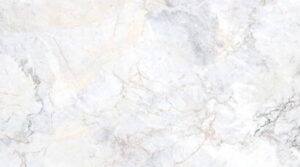 Onyx 2
Onyx 2
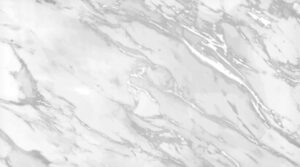 Onyx 3
Onyx 3
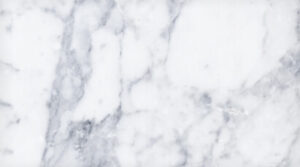 Onyx 4
Onyx 4
